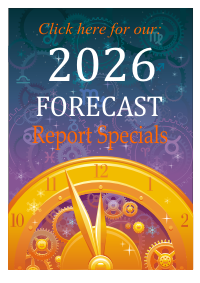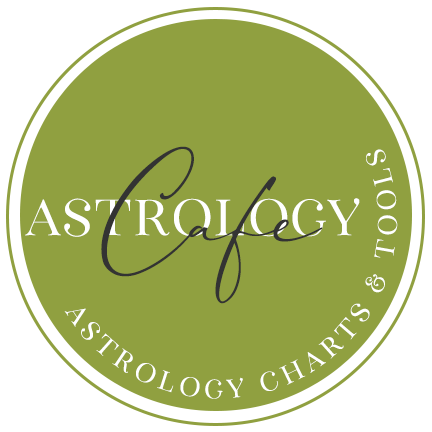Summary of Techniques
summary of interpretation techniques
Synastry & Relationship Astrology
Synastry & Romantic Relationship Astrology: Relationship Analysis Summary
We have seen that there are some basic steps to take when you are studying a romantic relationship from an astrological perspective:
- Study the relationship potential in each individual’s natal chart.
- Compare temperaments of the individuals. For example, compare the elements, compare individual planets’ sign positions, compare hemisphere emphasis, and so forth.
- Synastry: interchart aspects. This defines the chemistry between the individuals. We explore synastry on the main Synastry hub page, Synastry Worksheet page, and More on Synastry page.
- Synastry: house overlays (transposed houses).
- Composite Chart analysis.
- First Meeting Chart or Wedding Chart analysis.
It is important to remember the differences between the studies above.
When we study the relationship potential as seen in individual natal charts, we are looking at the potential each person brings into the relationship, and we must note that each individual will bring this potential into any relationship he or she has.
We can compare the temperaments of the two people, but we must note that this analysis does not reveal the chemistry between these peoplesynastry does! Comparing temperaments can be done in a variety of ways. We can look at the overall emphasis in each chart and determine whether the chart has a preponderance of, for example, earth signs/houses, or mutable signs/houses. We can look to hemisphere emphasis and compare the two charts this way. This type of analysis does not take into account the specific aspects between the two charts, and therefore does not suggest the actual chemistry between the individuals. However, temperament has a very real impact on any relationship. An example of the comparison of temperaments can be found on our Mercury in the Elements page, where we compare the temperaments as defined by just one astrological factor, Mercury.
There are plenty of factors in relationship astrology that are not easily defined, especially with regards to comparing temperaments. Astrologers tend to use a certain level of intuition in terms of honing in on specific details in their comparison. An example would be Venus rising in one partner’s chart and Saturn rising in the other partner’s chart. The Venus rising person might put a lot of emphasis on charm and appearance, which could offend the Saturn rising person, who may be deeply uncomfortable with that particular trait in his or her partner, perhaps even accusing the Venus rising person of being superficial. This could be a major source of discomfort in the partnership and give rise to feelings of mistrust and frustration, yet this issue might go overlooked in a traditional compatibility analysis.
Get your unique Personalized Horoscope for the year ahead—over 100 pages long—for a detailed guide to your best days and your most challenging days for attracting love, career success, communication, and more.Featured at Cafe Astrology:

When we study the interchart aspects in synastry, we are looking at the chemistry between the individuals. This is very revealing. It is through this study that we can see the specifics of interaction, the nature of the attraction (if there is one), and the “games” people play with each other as their personal planets and points interact. When we say his Mars is conjunct my Venus, for example, we are honing in on a specific interchart aspect that describes the specific elements of the chemistry between me and this man.
House overlays (or transposed houses) involves placing one natal chart wheel around the other person’s natal chart wheel, and vice versa. We can see how each person impacts the otherhow specifically that person rocks my world, and how I rock his world, if this is the case at all.
When we study the composite chart, we are looking at the destiny of the relationship itself. The composite chart is a third entity, the chart of the relationship. It is an all-new chart created using the natal charts of the individuals. Some astrologers consider the composite chart the “bottom line” or the “final outcome” of the relationship. Some astrologers feel that studying the composite chart is only necessary when the individuals consider themselves a couple.
An analysis of the First Meeting Chart and/or the Wedding Chart reveals much about the viability of the relationship. Here, we study the birth of a relationship and the birth of a marriage, respectively. We treat these charts like the natal chart of the birth, or the beginning, of a relationship or a marriage.
On our main Synastry page, we offered an overview of considerations for compatibility. On our Compatibility Analysis page, we offered a weighting system for various interchart aspects and positions. On the More on Synastry page, we explore more Synastry details and compatibility factors. On our Synastry Books Compared page, we reveal our favorite books on relationship astrology, and why we like them. On our Relationship Potential page, we look to individual natal charts to see what kind of relating potential each individual brings into the relationship. On our Synastry House Overlays page, we explore transposed houses in synastry.
Next: Breakups & Divorce in Astrology and SoulMate Astrology
References & suggested further reading:
(1) Relationship Analysis (affiliate link) by Robert Blaschke.
(2) Love Formulas-2 (affiliate link) by Nance McCullough.

THE ASTROLOGY OF LOVE & ATTRACTION: ARTICLES & GUIDES











